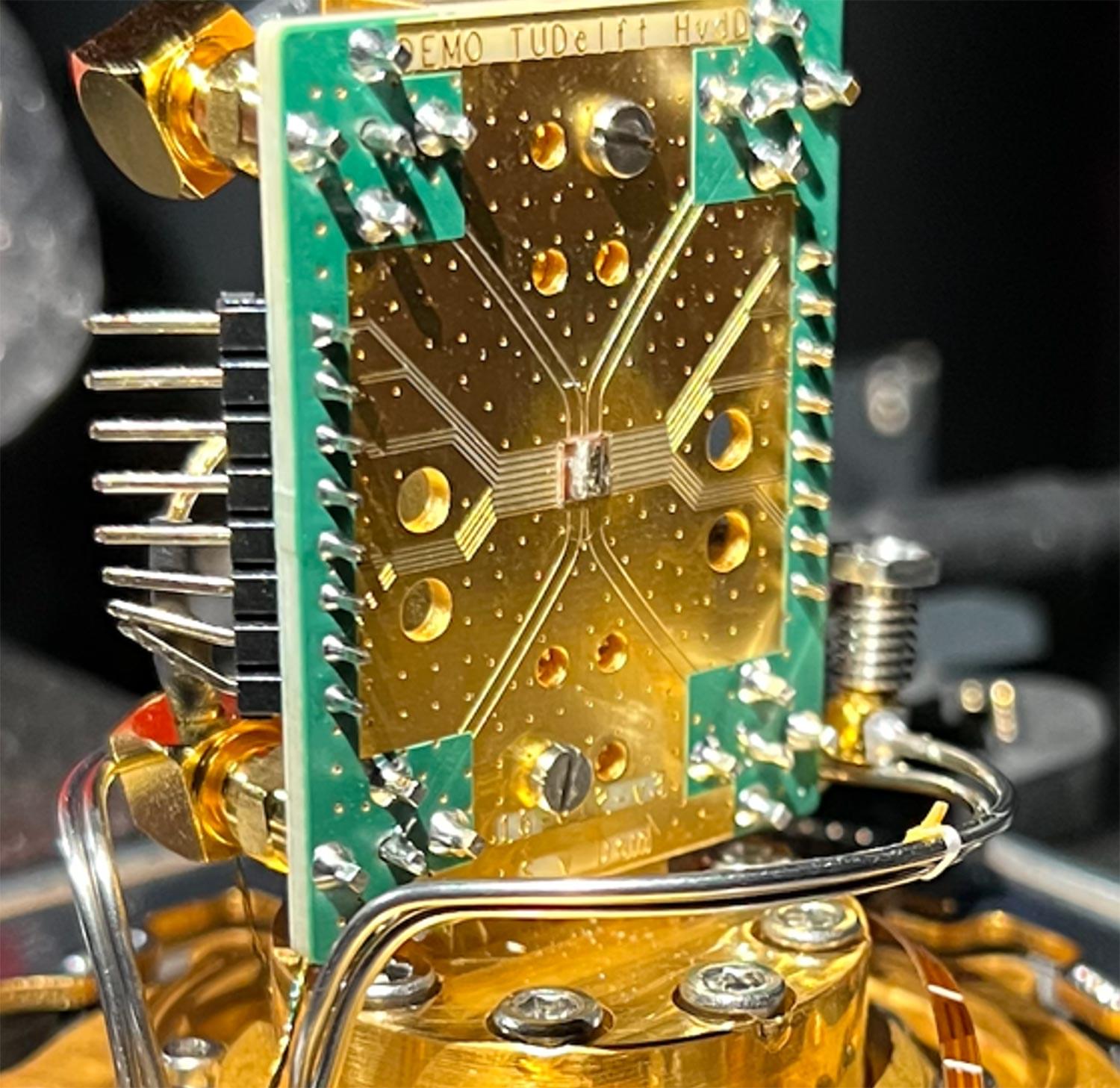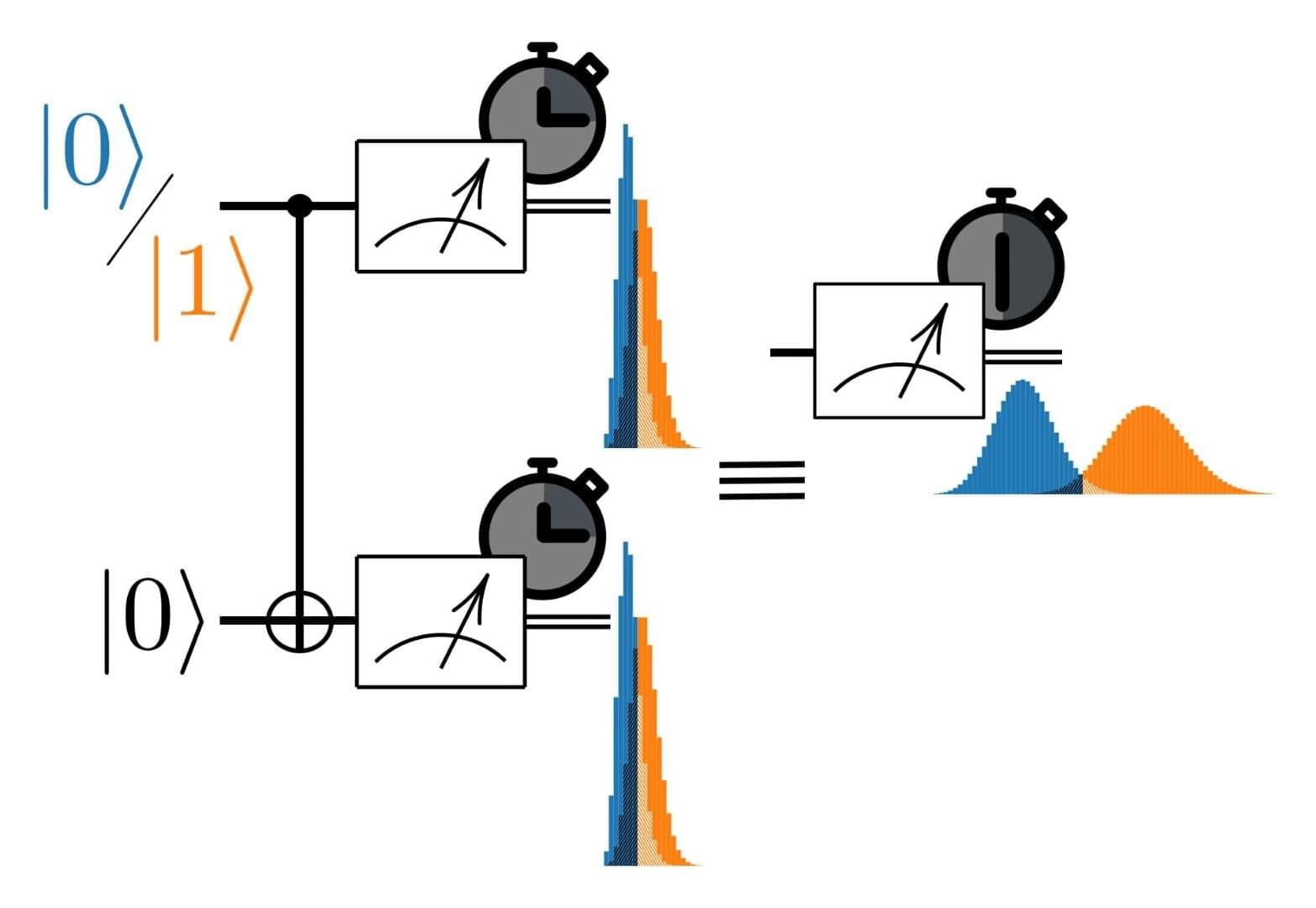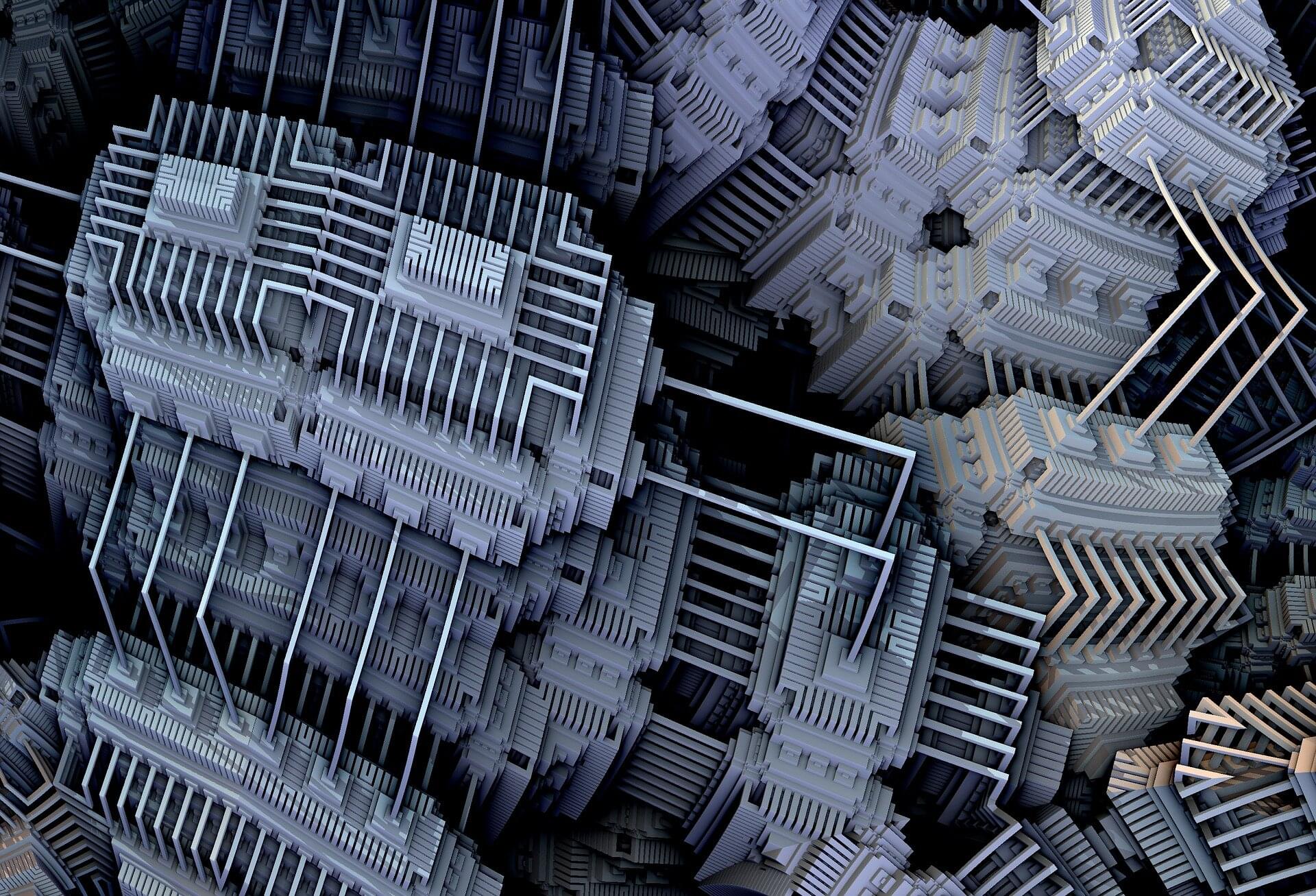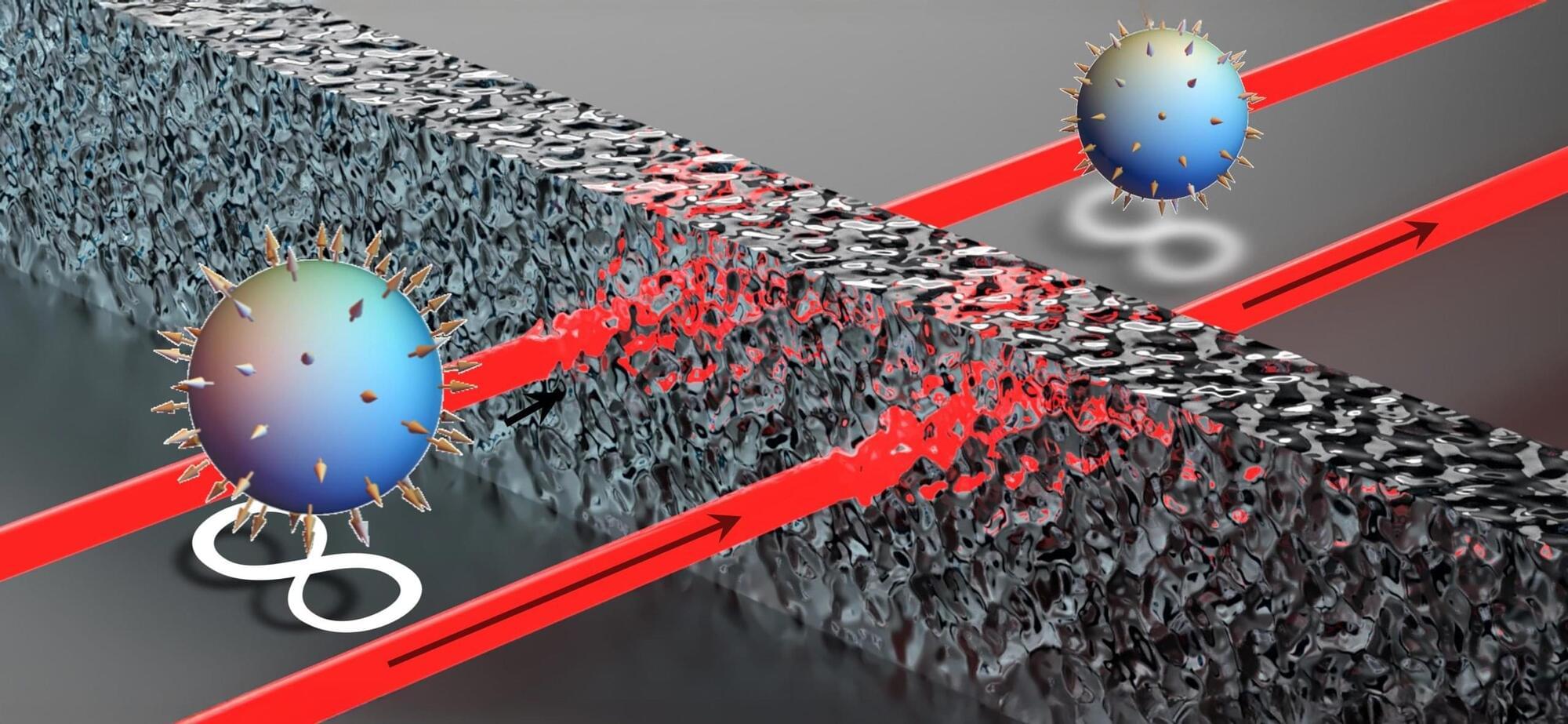Do quantum effects in our body provide neurons with their incredible information processing power?



The Great Pyramid of Giza has mystified historians, archaeologists, and engineers for centuries. From its precision alignment with astronomical bodies to its geometric perfection, every aspect seems meticulously engineered for purposes beyond mere burial or symbolic display. But what if the purpose was far more profound — and fundamentally quantum?



In an attempt to speed up quantum measurements, a new Physical Review Letters study proposes a space-time trade-off scheme that could be highly beneficial for quantum computing applications.
Quantum computing has several challenges, including error rates, qubit stability, and scalability beyond a few qubits. However, one of the lesser-known challenges quantum computing faces is the fidelity and speed of quantum measurements.
The researchers of the study address this challenge by using additional or ancillary qubits to significantly reduce measurement time while maintaining or improving the quality of measurements.

More than 80 years ago, Erwin Schrödinger, a theoretical physicist steeped in the philosophy of Schopenhauer and the Upanishads, delivered a series of public lectures at Trinity College, Dublin, which eventually came to be published in 1944 under the title “What is Life?”
Now, in the 2025 International Year of Quantum Science and Technology, Philip Kurian, a theoretical physicist and founding director of the Quantum Biology Laboratory (QBL) at Howard University in Washington, D.C., has used the laws of quantum mechanics, which Schrödinger postulated, and the QBL’s discovery of cytoskeletal filaments exhibiting quantum optical features, to set a drastically revised upper bound on the computational capacity of carbon-based life in the entire history of Earth.
Published in Science Advances, Kurian’s latest work conjectures a relationship between this information-processing limit and that of all matter in the observable universe.

Physicists have made a major leap in our understanding of quantum entanglement by fully mapping out the statistics it can produce – essentially decoding the language of the quantum world.
This breakthrough reveals how the bizarre but powerful correlations in quantum systems can be used to test, secure, and certify the behavior of quantum devices, all without knowing their inner workings. The ability to self-test even partially entangled systems now opens doors to more robust quantum communication, encryption, and computing methods. It’s a game-changer for both fundamental physics and real-world quantum tech.
Cracking the code of quantum entanglement.


Scientists have long sought to unravel the mysteries of strange metals—materials that defy conventional rules of electricity and magnetism. Now, a team of physicists at Rice University has made a breakthrough in this area using a tool from quantum information science. Their study, published recently in Nature Communications, reveals that electrons in strange metals become more entangled at a crucial tipping point, shedding new light on the behavior of these enigmatic materials. The discovery could pave the way for advances in superconductors with the potential to transform energy use in the future.
Unlike conventional metals such as copper or gold that have well-understood electrical properties, strange metals behave in much more complex ways, making their inner workings beyond the realm of textbook description. Led by Qimiao Si, the Harry C. and Olga K. Wiess Professor of Physics and Astronomy, the research team turned to quantum Fisher information (QFI), a concept from quantum metrology used to measure how electron interactions evolve under extreme conditions, to find answers. Their research shows that electron entanglement, a fundamental quantum phenomenon, peaks at a quantum critical point: the transition between two states of matter.
“Our findings reveal that strange metals exhibit a unique entanglement pattern, which offers a new lens to understand their exotic behavior,” Si said. “By leveraging quantum information theory, we are uncovering deep quantum correlations that were previously inaccessible.”
Our machines will be smart enough and eventually we will through intelligence enhancement.
For over a century, Einstein’s theories have been the bedrock of modern physics, shaping our understanding of the universe and reality itself. But what if everything we thought we knew was just the surface of a much deeper truth? In February 2025, at Google’s high-security Quantum A-I Campus in Santa Barbara, a team of scientists gathered around their latest creation — a quantum processor named Willow. What happened next would leave even Neil deGrasse Tyson, one of the world’s most renowned astrophysicists, in tears. This is the story of how a cutting-edge quantum chip opened a door that many thought would remain forever closed, challenging our most fundamental beliefs about the nature of reality. This is a story you do not want to miss.